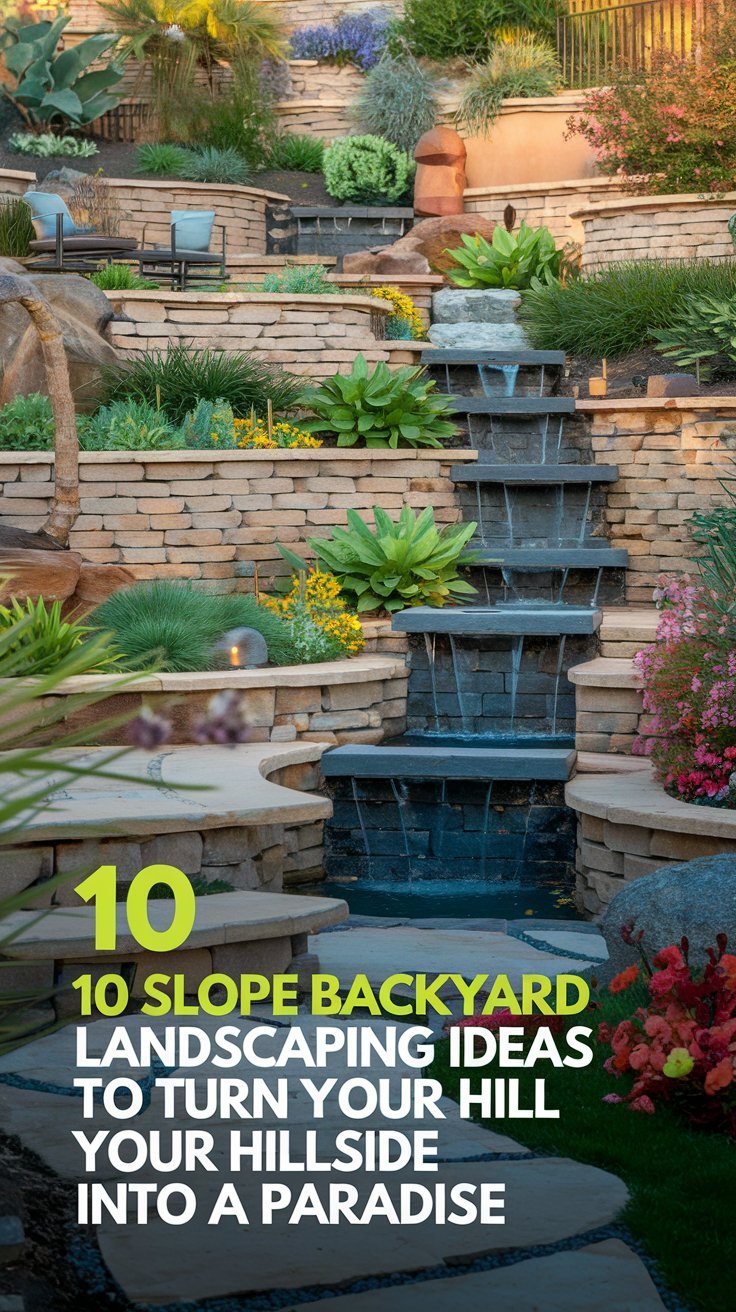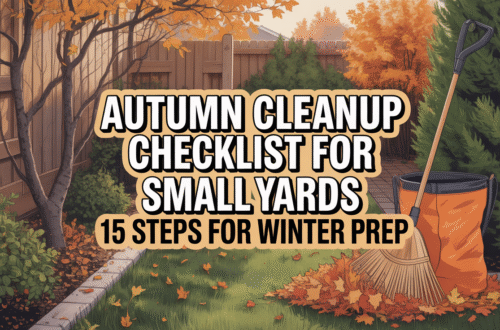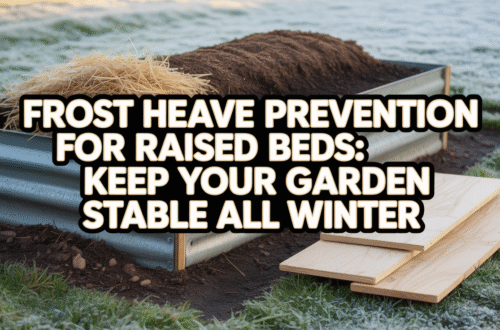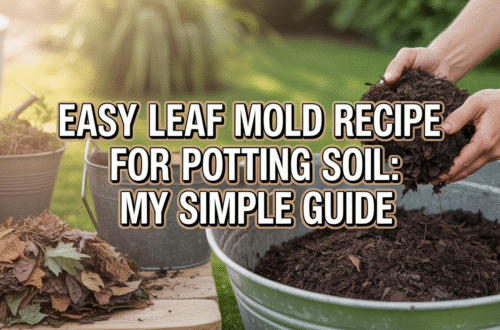Discover 10 slope backyard landscaping ideas to transform your hillside into a stunning, functional space. From terraced gardens to winding pathways, these ideas will inspire your next project. 🌿✨
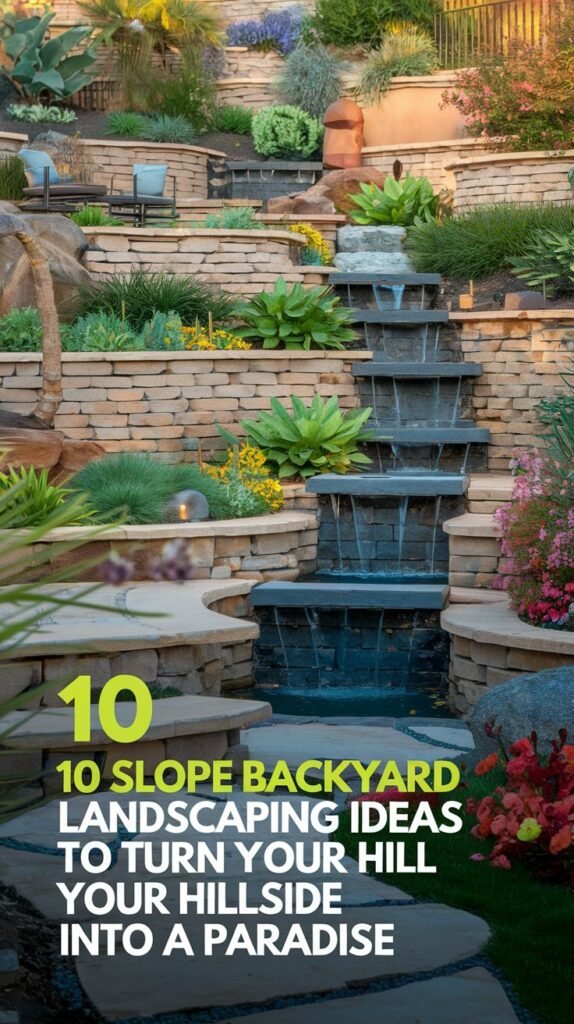
When I first moved into my home, my backyard was a steep, uneven slope that seemed impossible to work with. I remember standing at the top, staring down at the overgrown mess, and thinking, “What am I going to do with this?” But over time, I realized that a slope isn’t a problem—it’s an opportunity. With a little creativity and planning, I transformed my hillside into a breathtaking, functional space that I now love spending time in. Whether you’re dealing with a gentle incline or a steep drop, here are 10 slope backyard landscaping ideas to inspire your next project.
Why Landscape a Slope?
- Prevent Erosion: Proper landscaping can stabilize the soil and prevent erosion.
- Maximize Space: Turn unused slopes into functional areas like gardens, seating, or play spaces.
- Add Visual Interest: Slopes create natural opportunities for layered designs and stunning views.
- Increase Property Value: A well-landscaped slope can boost your home’s curb appeal and value.
10 Slope Backyard Landscaping Ideas
1. Terraced Gardens

- Why It Works: Terraces break up the slope into manageable levels, creating flat areas for planting or seating.
- How to Do It: Use retaining walls made of stone, wood, or concrete blocks. Fill each level with soil and plant flowers, shrubs, or vegetables.
- Pro Tip: Add steps or pathways between levels for easy access..
2. Retaining Walls with Built-In Seating

- Why It Works: Retaining walls stabilize the slope while doubling as functional seating.
- How to Do It: Build a sturdy wall with a flat top wide enough for benches or cushions.
- Pro Tip: Use natural stone or wood for a rustic look.
3. Winding Pathways
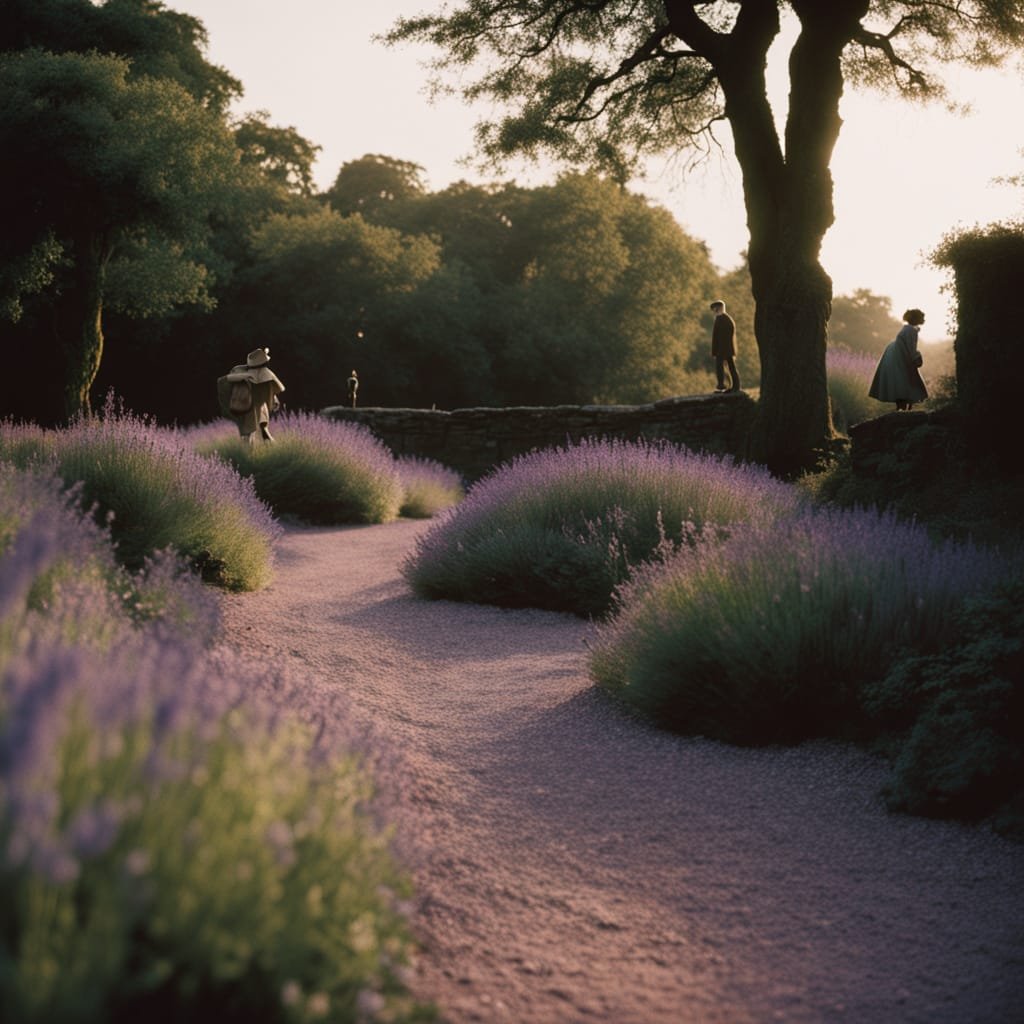
- Why It Works: A meandering path adds charm and makes the slope more accessible.
- How to Do It: Use gravel, flagstone, or pavers to create a winding trail. Add lighting for nighttime use.
- Pro Tip: Line the path with low-maintenance plants like lavender or ornamental grasses.
4. Rock Gardens
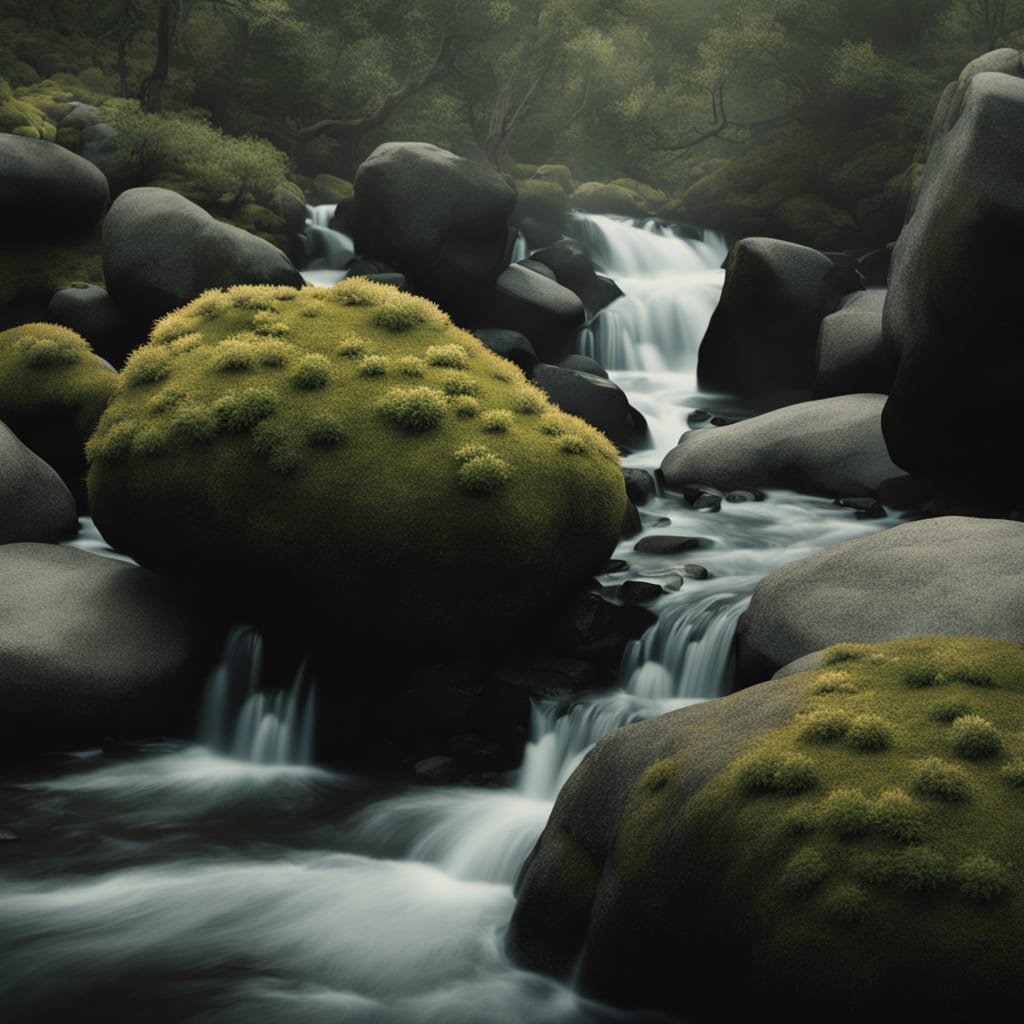
- Why It Works: Rocks and boulders add texture and prevent erosion, while drought-tolerant plants thrive in the well-draining soil.
- How to Do It: Arrange large rocks and boulders naturally, filling gaps with gravel and plants like sedum or thyme.
- Pro Tip: Choose native plants for a low-maintenance, eco-friendly garden.
5. Water Features
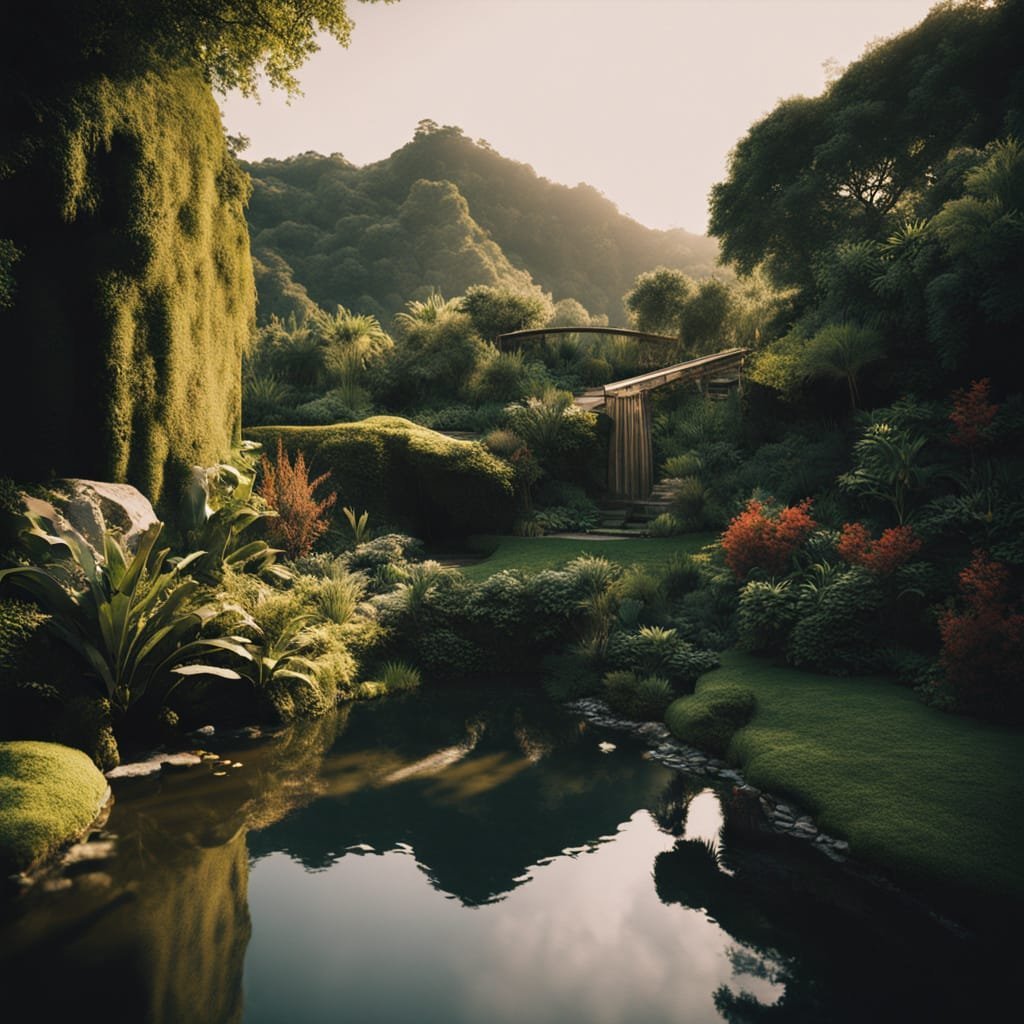
- Why It Works: A cascading waterfall or stream takes advantage of the natural slope and adds a soothing element.
- How to Do It: Use a pump to circulate water from the bottom to the top, creating a continuous flow.
- Pro Tip: Add aquatic plants like water lilies or irises for a natural look.
6. Staircase with Planters
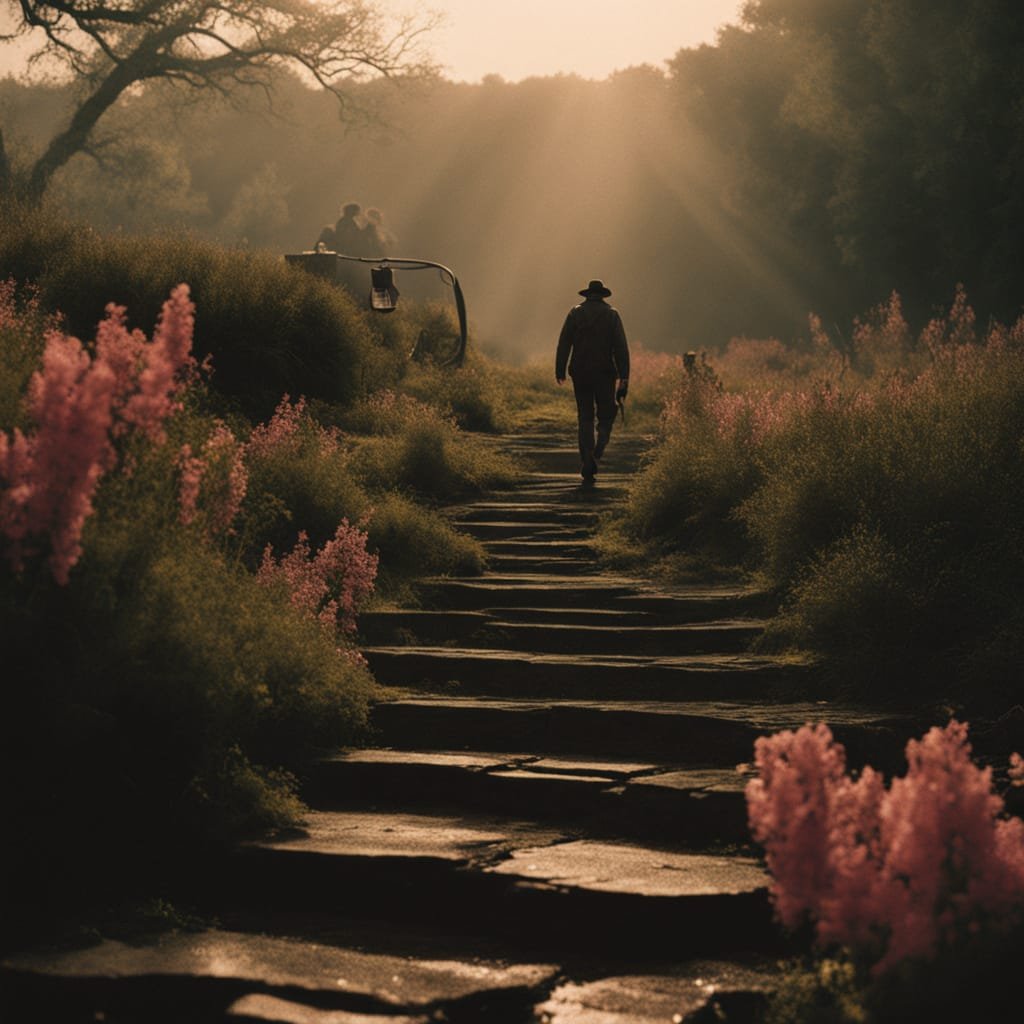
- Why It Works: A staircase makes the slope functional, while built-in planters add greenery.
- How to Do It: Build wide, sturdy steps with planter boxes on either side.
- Pro Tip: Use trailing plants like ivy or creeping thyme to soften the edges.
7. Native Plantings
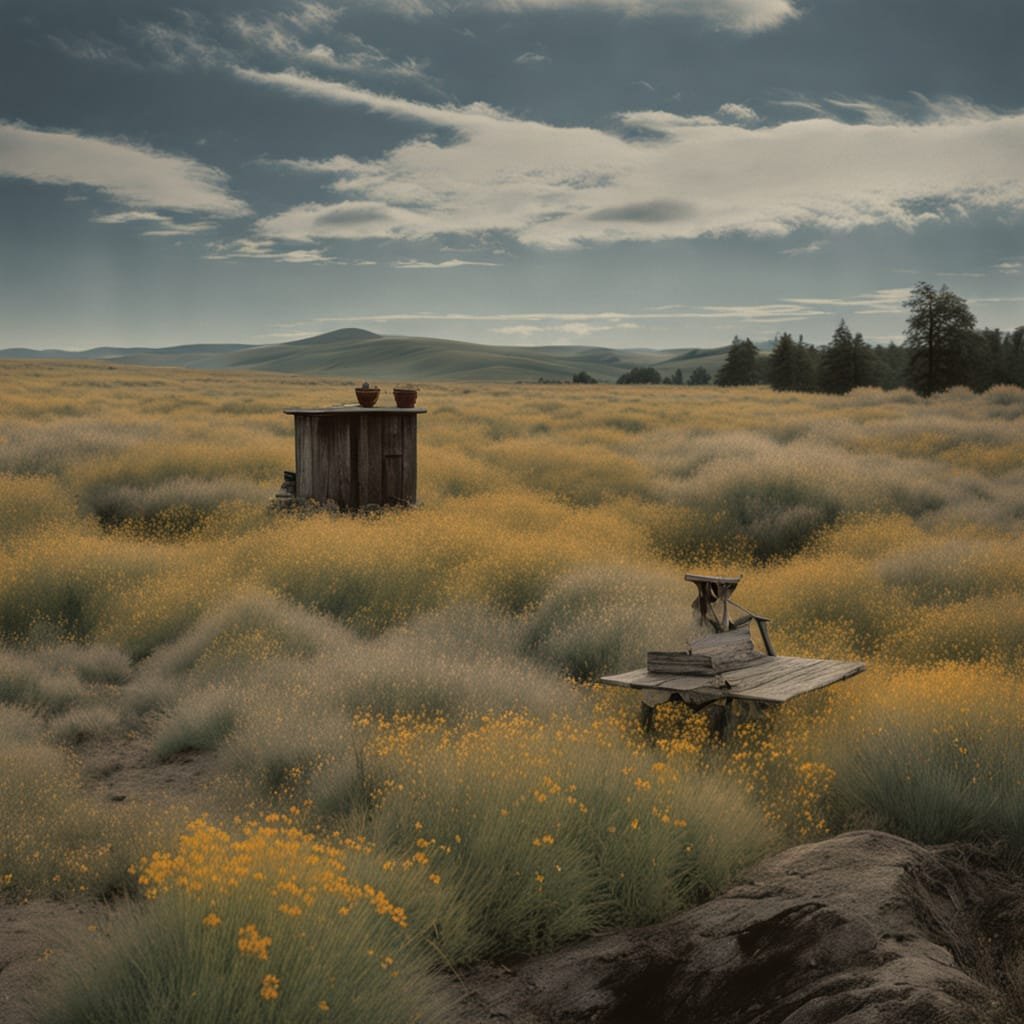
- Why It Works: Native plants are adapted to your climate and require less maintenance.
- How to Do It: Choose plants that thrive in your region and plant them in clusters for a natural look.
- Pro Tip: Use groundcovers like juniper or creeping phlox to prevent erosion.
8. Outdoor Living Spaces
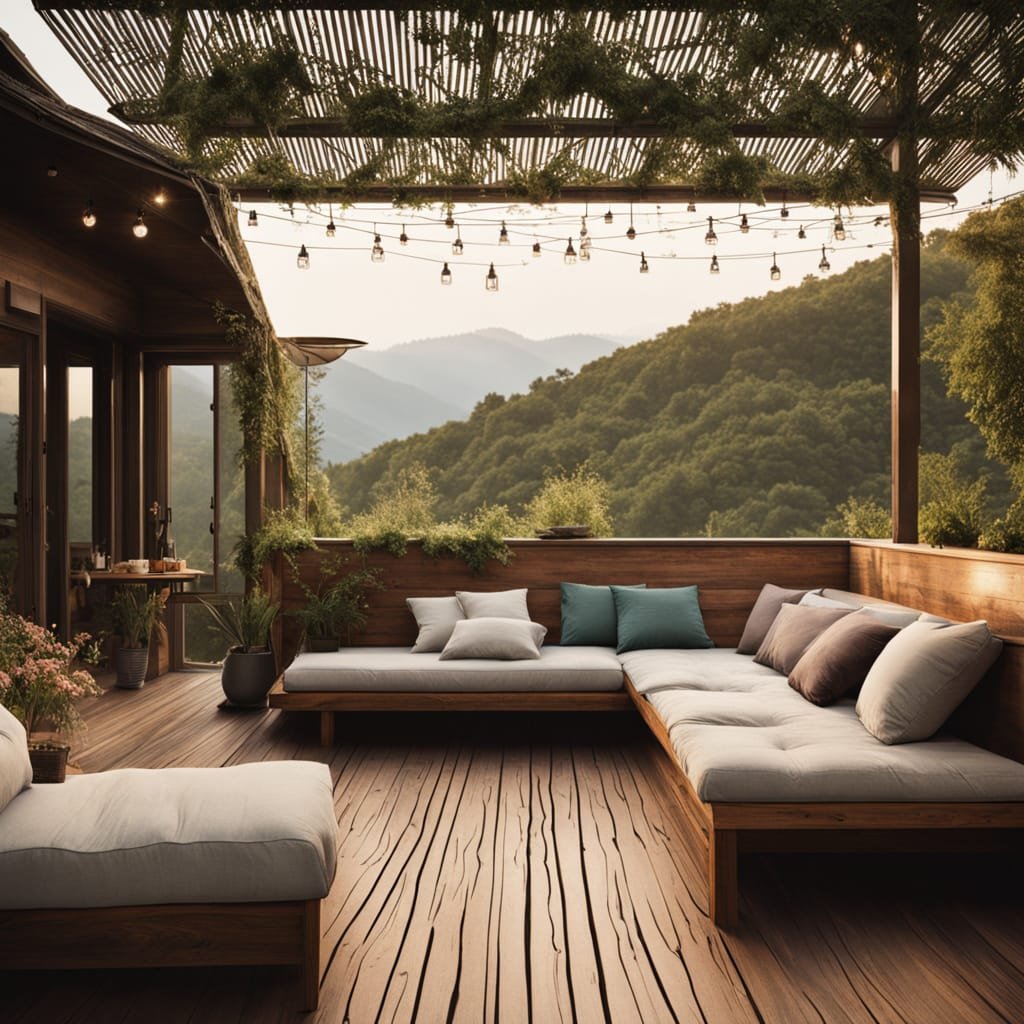
- Why It Works: Turn part of the slope into a patio or deck for entertaining.
- How to Do It: Level a section of the slope and install a deck or patio. Add seating, a fire pit, or an outdoor kitchen.
- Pro Tip: Use retaining walls to create different levels for dining and lounging.
9. Play Area for Kids
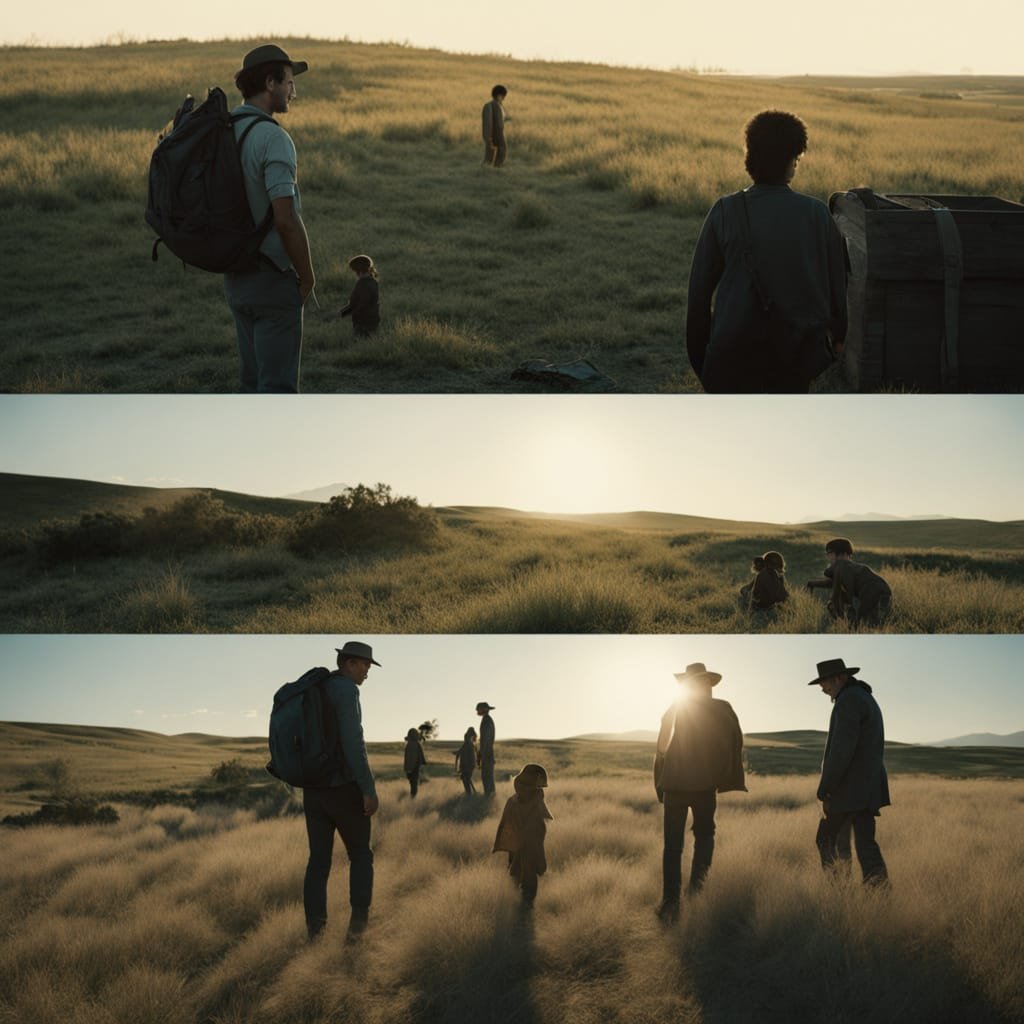
- Why It Works: A slope can be turned into a fun, interactive space for kids.
- How to Do It: Create a slide, climbing wall, or sandbox on the slope. Use soft materials like mulch or rubber mats for safety.
- Pro Tip: Add a small playhouse or treehouse for extra fun.
10. Wildflower Meadow

- Why It Works: Wildflowers are low-maintenance and attract pollinators like bees and butterflies.
- How to Do It: Scatter wildflower seeds over the slope and let nature take its course.
- Pro Tip: Choose a mix of annuals and perennials for continuous blooms.
Tips for Landscaping a Slope
- Start Small: Tackle one section at a time to avoid feeling overwhelmed.
- Use Groundcovers: Plants like ivy, creeping juniper, or thyme help prevent erosion and add greenery.
- Consider Drainage: Ensure water flows away from your home to prevent flooding.
- Hire a Pro: For steep slopes or complex designs, consult a landscape architect or contractor.
FAQs About Slope Landscaping
Q: How do I prevent erosion on a slope?
A: Use retaining walls, groundcovers, or rocks to stabilize the soil.
Q: What plants are best for slopes?
A: Choose plants with deep roots, like ornamental grasses, shrubs, or groundcovers.
Q: Can I DIY slope landscaping?
A: Yes, for gentle slopes. For steep slopes, it’s best to hire a professional.
Q: How much does slope landscaping cost?
A: Costs vary depending on the size of the slope and materials used. Terraces and retaining walls can be more expensive.
Final Thoughts
A sloped backyard doesn’t have to be a headache—it can be the highlight of your outdoor space. Whether you choose terraced gardens, winding pathways, or a wildflower meadow, these 10 slope backyard landscaping ideas will help you create a functional, beautiful space you’ll love. My personal favorite? A combination of terraced gardens and a water feature—it’s like having a mini paradise in your backyard.
For more landscaping tips and inspiration, follow me, Ashley Scott, on Instagram or visit my blog at usagardenhub.com. Happy landscaping! 🌿✨

